They brought with them many famous works, which had been awarded the State Prize and the Ho Chi Minh Prize for literature and art.
However, few people know that behind those immortal works are touching stories, not only about dedication and sacrifice but also about the camaraderie and colleagueship of journalists of the time.
Journalist and photographer Chu Chi Thanh, author of the famous work “Two Soldiers” – a work that was awarded the Ho Chi Minh Prize for Literature and Arts in 2022 – recalls that when he was 24 years old (journalist Chu Chi Thanh was born in 1944 – PV), he and a number of other reporters were part of the spearhead photography team of the Vietnam News Agency.
Journalist and photographer Chu Chi Thanh.
Among them, journalist Luong Nghia Dung was both an elder brother in the profession and was assigned to mentor young reporters like him. Journalist Luong Nghia Dung was born in 1934 in Ha Tay (now Hanoi). He studied Physics at Hanoi Pedagogical University, and from 1966 was a reporter for the Military News Department, Vietnam People's Army; he died on the Quang Tri battlefield in 1972.
He was posthumously awarded the Ho Chi Minh Prize for Literature and Arts in 2017 with the work (3 photos) "Moments to Remain" and the State Prize for Literature and Arts in 2007 with the work (1 photo) "Cannon Battle at Doc Mieu".
Journalist Chu Chi Thanh said that at the time he was assigned to the Vietnam News Agency's spearhead photo team to go to the battlefield, journalist Luong Nghia Dung was already a party member and soldier of the Vietnam People's Army, seconded to the Vietnam News Agency.
The 3 months spent on the battlefield with him was an unforgettable trip in the life of journalist Chu Chi Thanh because of many stories about a time of journalism full of hardship but also full of pride, warmth of colleagues, comradeship, brotherhood that journalists today can hardly feel. "It can be said that, back then, journalists "lived in the heart of B52 bombs".
We assigned each other to go out to the battlefield to observe. The enemy dropped B52 bombs in waves, each wave dropped several bombs. The bombs exploded loudly. Before that, I had never known how B52 bombs exploded. When I sat in the bunker, hearing the bombs explode was a terrible impression, but I was not afraid. When I looked out the bunker door, I saw a dead pig, a moment later a crow came to peck at the carcass. I suddenly thought, would I sacrifice myself and become food for the crows like that? ", journalist Chu Chi Thanh emotionally recounted.
He said that he only told us one detail like that to help us imagine how fierce it was to work as a journalist in the battlefield. After 3 waves of B52 bombs, he woke up in the bunker when the smell of kerosene from the villagers' lamps rose up. He heard the militia woman asking if he was okay? Hearing him answer that he was okay, she left to save people in another bunker. 5-10 minutes later, journalist Luong Nghia Dung returned.
At that time, journalist Luong Nghia Dung was in an anti-aircraft artillery battle, 5-6km from the bunker. Every time the enemy dropped a B52 bomb, he lay still for a while, then continued walking. When he met Chu Chi Thanh, journalist Luong Nghia Dung was wearing a short-sleeved shirt, his arm was bruised.
“I was sitting in the bunker, still in a panic. Mr. Dung called out affectionately, “Comrade Thanh, are you okay?” At that time, I was only 24 years old, a member of the Youth Union, not yet a party member, but he called me comrade in the military way. I said I’m fine. He said then come out here and take pictures. At that time, I was bewildered, not knowing what to do. He said to take pictures to overcome the consequences. He was very calm, always ready for work. The two of us took pictures of the ruins, bombs, soldiers, and militia digging and repairing the bunker right away, preparing for tomorrow,” journalist Chu Chi Thanh shared.
Journalist Luong Nghia Dung died in 1972. He left behind many famous works. In addition to the works that were awarded the Ho Chi Minh Prize and the State Prize for Literature and Arts, he also had many other impressive works that showed the fighting spirit and the hard but heroic labor of war journalists.
Later, when meeting many Western photographers, they all thought that he was a great photographer, equal to many photographers in the world . His works were included in the photo books of those who fell on the Indochina battlefield around the world by two American photographers present in the Indochina battlefield, praising the great war of our nation.
In addition to journalist Luong Nghia Dung, there were many other journalists who went to the battlefield in the past and they all left behind "lifetime" photographic works. Journalist and photographer Nguyen Van Bao (1930-2005) was born in Kinh Bac - Bac Ninh province. He was a reporter for Vietnam News Agency, specializing in taking photos of General Secretary Le Duan, and was Deputy Secretary General of the Vietnam Association of Photographic Artists. He is the author of famous works, having been awarded many domestic and international photography awards, including "From the Thunder God to the Buffalo Cart" - the work that won the State Prize for Literature and Arts in 2007.
Major, photojournalist Vu Tao (1940-2005), from Ha Nam province, was a photojournalist of the General Department of Politics, Vietnam People's Army, assigned to Vietnam News Agency, retired in 1988. He was honored to receive many noble awards, including the State Prize for Literature and Arts in 2007 for the work "Hien Ngang" (Phu Lang Thuong, Bac Giang), was awarded the Second and Third Class Military Exploit Medals and many domestic and international photography awards.
Photojournalist Hoang Van Sac (1934 – 2015) was born in Hanoi. He worked as a reporter and then as Head of the Industrial Photography Department, Photo Editorial Board of Vietnam News Agency. His contributions have been recognized with many noble awards, including the State Prize for Literature and Arts in 2007 for his works “Squadron of 10 girls at Dong Loc crossroads” and “Road to the frontline” (1968)…
Remembering his colleagues in the war photojournalist group, journalist and photographer Chu Chi Thanh said that they were his brothers not only in their profession but also in their daily lives. They left behind extremely authentic photos of priceless historical value that will live forever.
Many people call it a historical documentary, a historical moment, but for him, the photo is history, because nothing can replace it. This is the legacy of previous generations of journalists left for today's and future generations to learn, study, read and know more about their country.
Source: https://cand.com.vn/Xa-hoi/phong-vien-anh-chien-truong-trong-ky-uc-nha-bao-chu-chi-thanh-i771702/


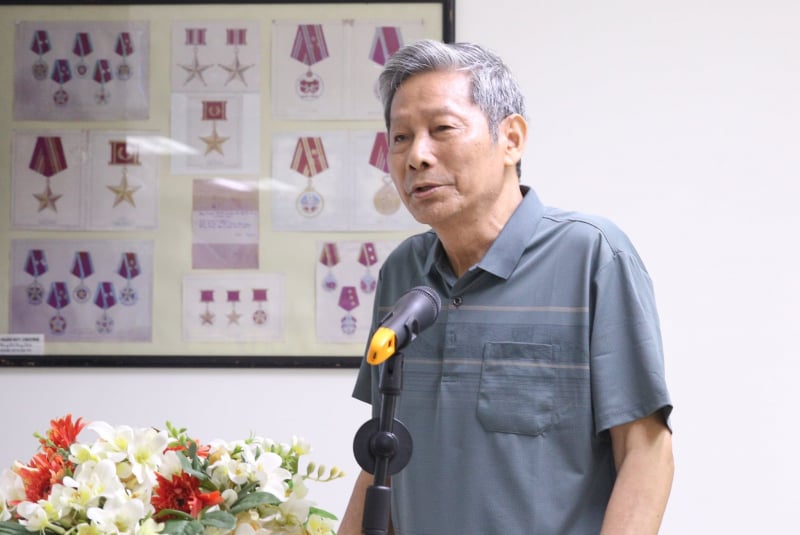






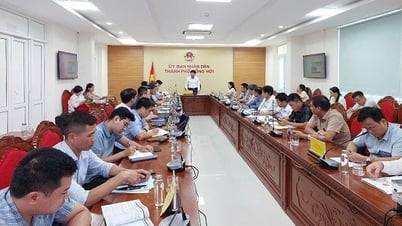

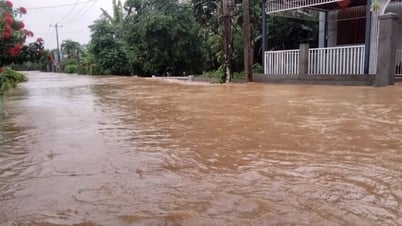
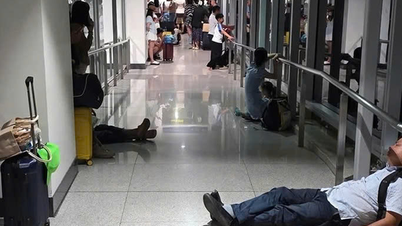

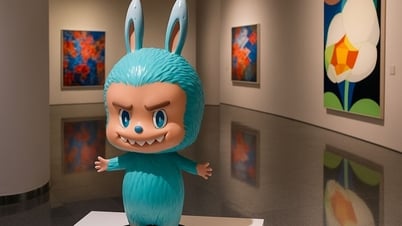
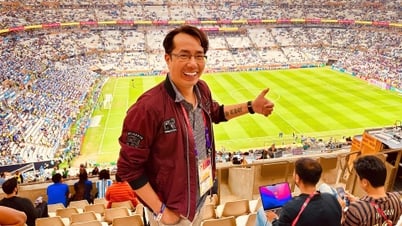

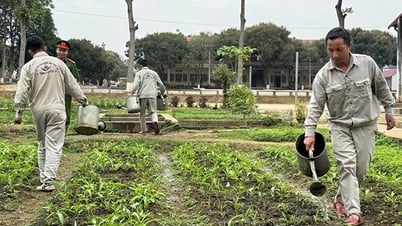




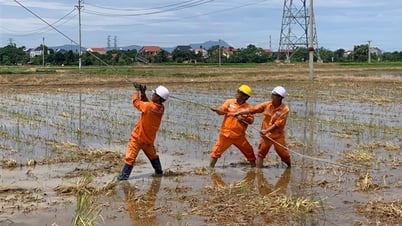
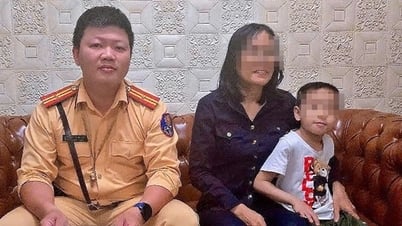
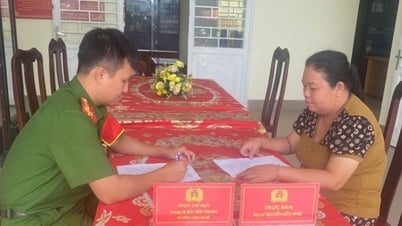


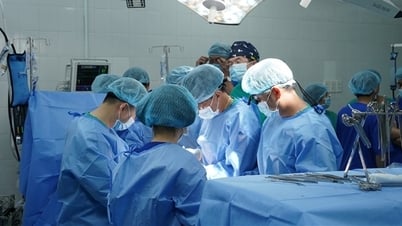








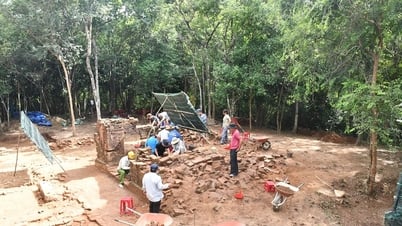










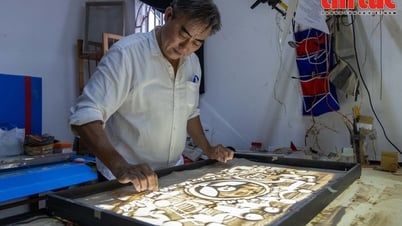


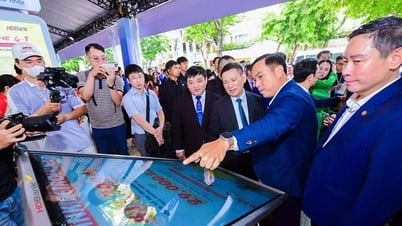


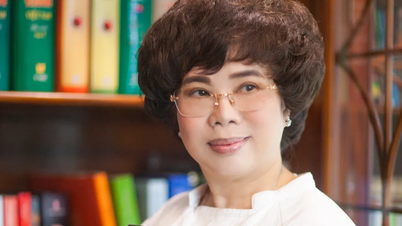



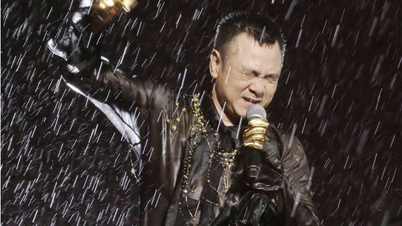







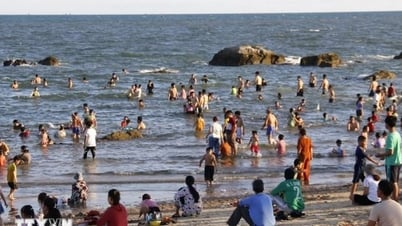

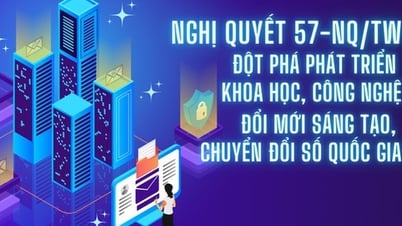

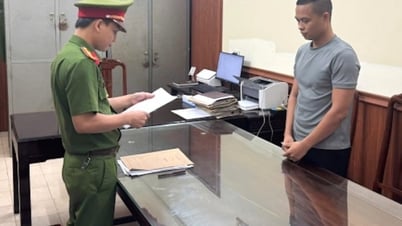

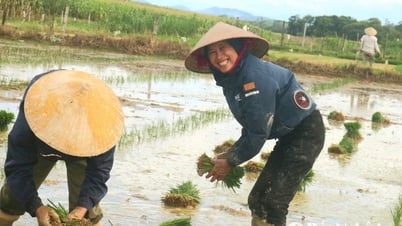

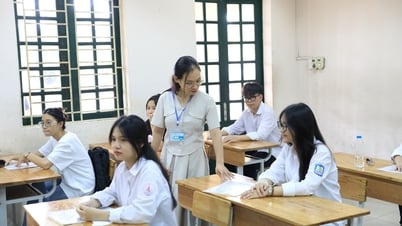

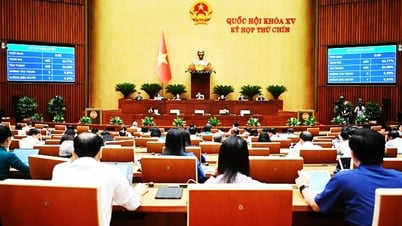



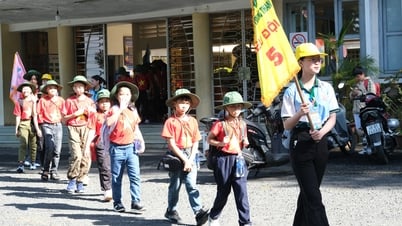










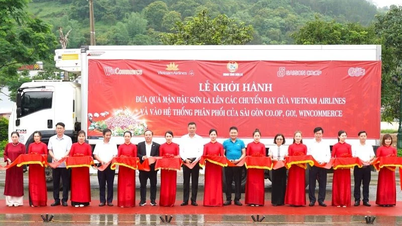

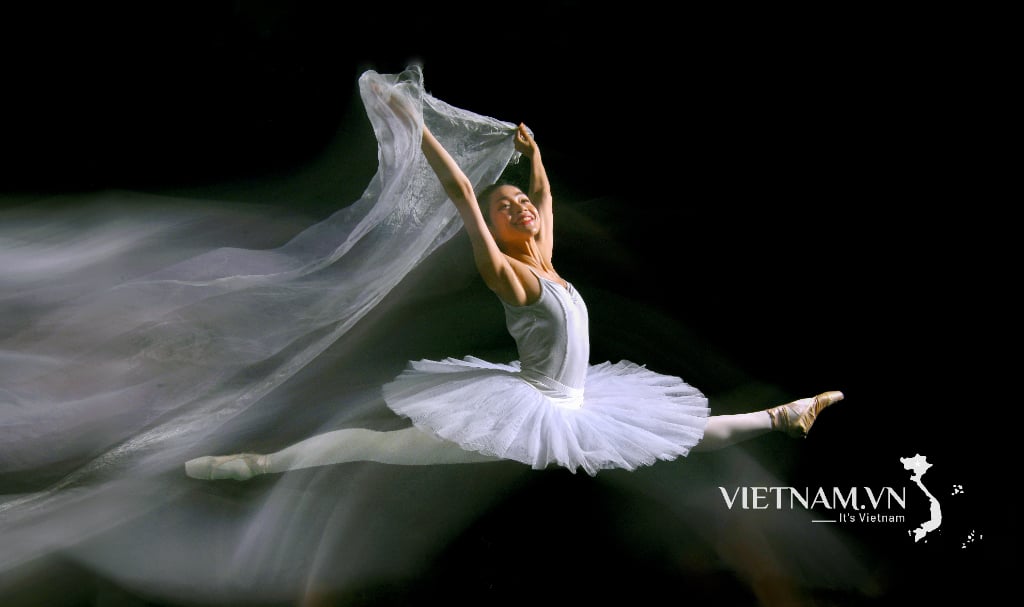
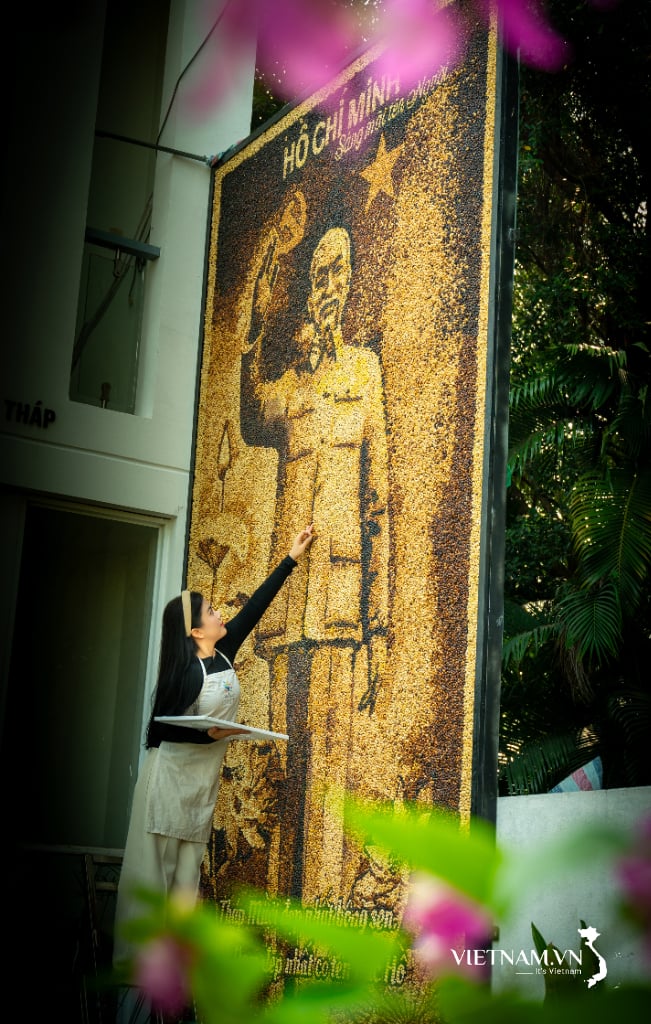
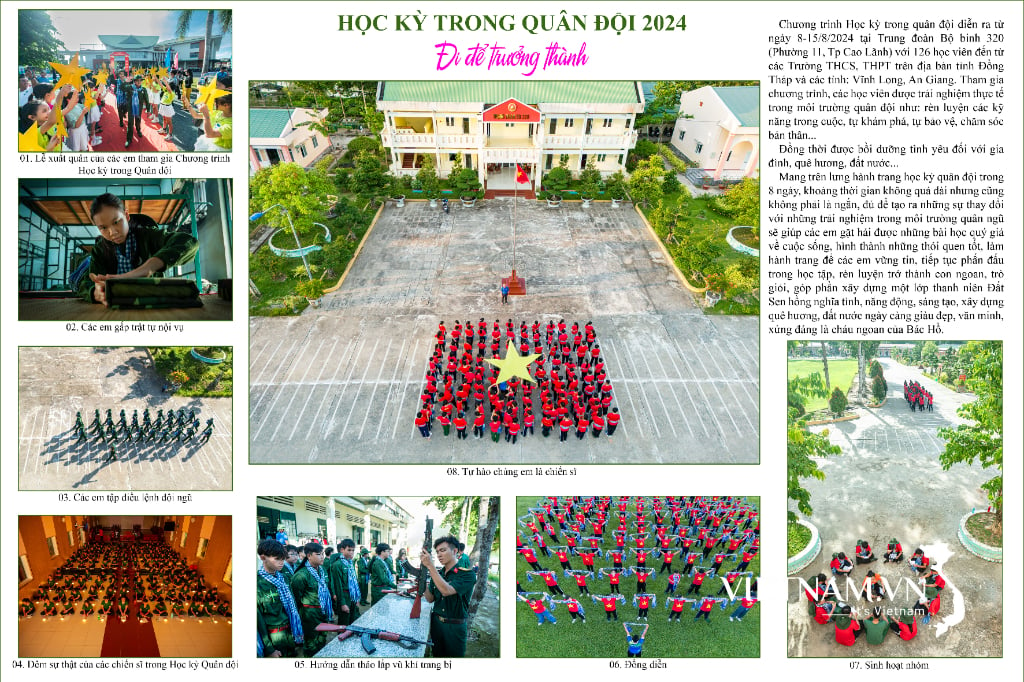
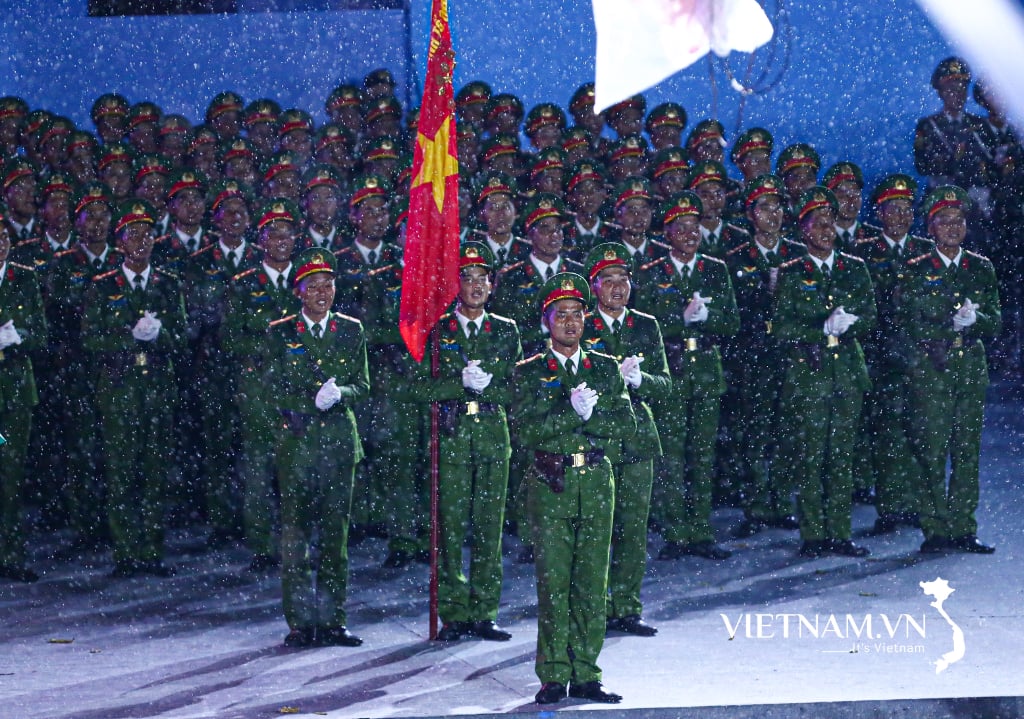
Comment (0)